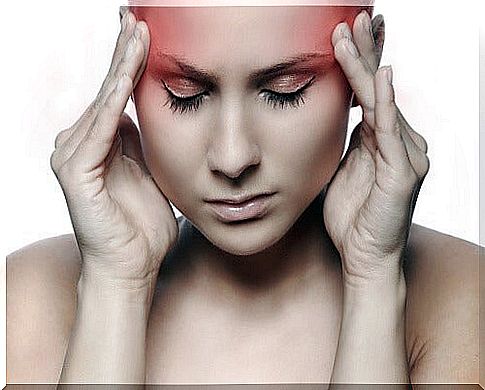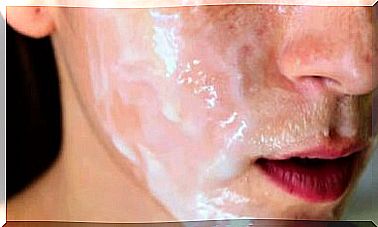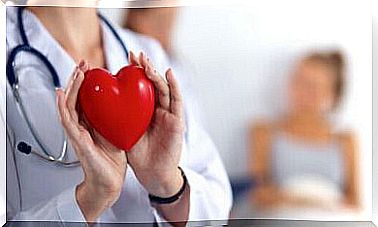Learn About Stroke Risks

A stroke, also known as a stroke or stroke, occurs when the blood vessels responsible for supplying the brain break or clog.
When this happens, it usually results in paralysis of the affected brain area, that is, the area that has been left without irrigation.
Types of Stroke
Basically, there are two types of stroke:
- Hemorrhagic stroke: when blood vessels rupture, causing bleeding in the brain.
- Ischemic stroke: when the vessels that are responsible for carrying blood to the brain are blocked.
Main symptoms
- Sudden loss of vision in one eye or even both;
- Severe headache with no apparent cause;
- Intense speech alterations, such as difficulty articulating, expressing and understanding language;
- Decrease or loss of strength in the face, leg and arm on a specific side of the body;
- Vertigo and imbalances, associated with malaise, vomiting and nausea.

Risk factors
- Arterial hypertension;
- Diabetes;
- smoking
- Heart problems;
- Excessive alcohol.
disease treatment
Each case and the extent of severity are essential for choosing the appropriate treatment. But what can be said is that today there are therapeutic resources capable of helping in the rehabilitation of the affected area and functions.
It will be necessary to carry out a treatment with different doctors, such as neurologists, psychologists, physiotherapists, among others.

Treatment cannot be abandoned under any circumstances. Stroke is one of the main causes of death in the world and, when this does not occur, its consequences are very harmful.
Behavioral and cognitive changes, difficulties in eating or speaking, depression, among others, may occur.
Today, there are three stages of stroke treatment : preventive treatment, acute stroke treatment, and post-stroke rehabilitation treatment.
The preventive is nothing more than the identification and control of risk factors.
The acute treatment of ischemic stroke is based on the use of antithrombotic therapies (against blood clotting) that aim to stop the stroke when it is occurring by rapidly dissolving the clot that is causing the ischemia.
The chance of recovery is greater according to the speed of therapeutic action in these cases.
In some selected cases, carotid endarterectomy (surgery to remove the clot from within the artery) of the carotid artery may be used.
Evolving stroke is a medical emergency and must be treated quickly in a hospital setting.
The last stage, post-stroke rehabilitation, serves to help the individual overcome the difficulties resulting from the damage caused by the injury.









